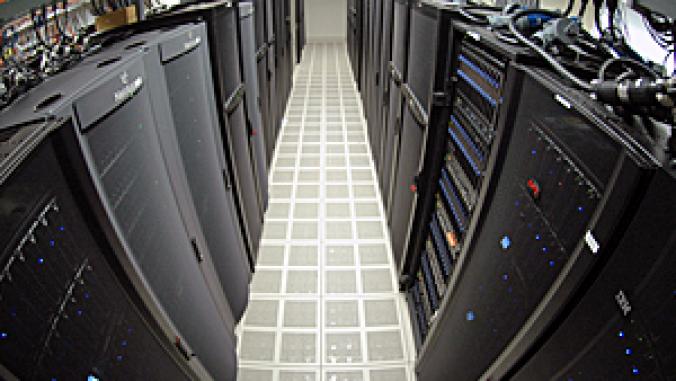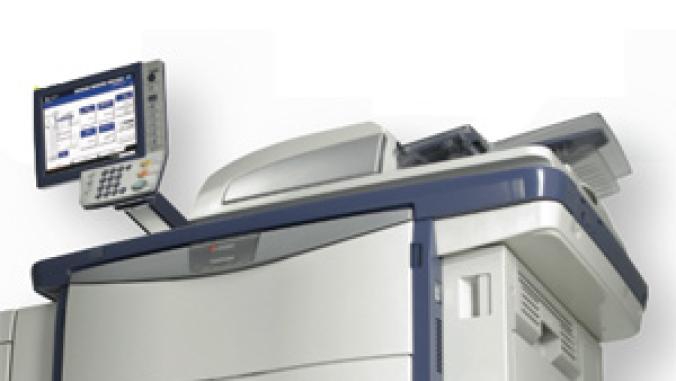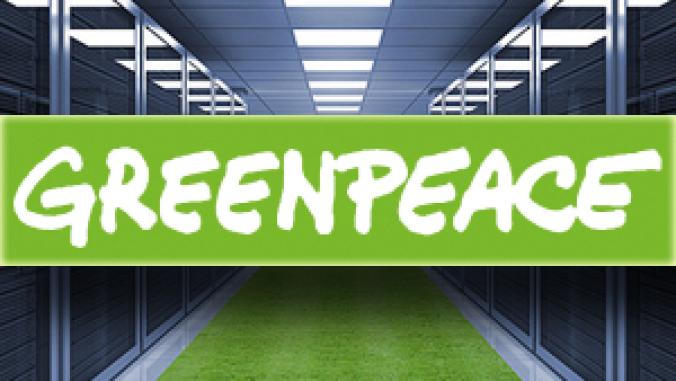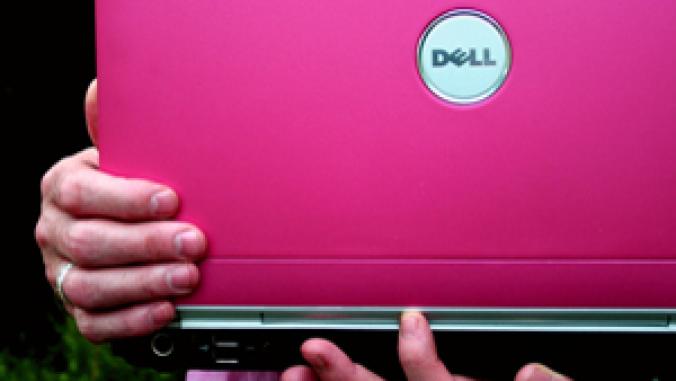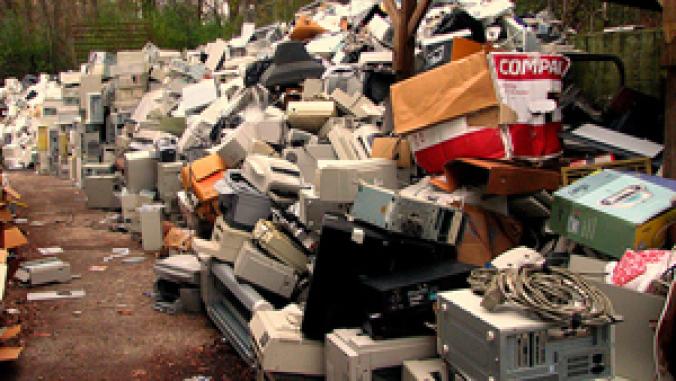Yahoo! Abandons Carbon Offsets in Favor of Efficiency
Yahoo! today said it will no longer purchase carbon offsets for its operations, focusing its climate strategy on reducing the energy used by its data centers.

Yahoo! today said it will no longer purchase carbon offsets for its operations, focusing its climate strategy on reducing the energy used by its data centers.
The move reverses the company's 2007 announcement that it would invest in carbon-offset projects in order to become carbon neutral.
"Reducing our carbon footprint has always been a priority and we've decided to focus all our energy and investment on that philosophy," said David Filo, the company's co-founder and Chief Yahoo. "We believe creating highly-efficient data centers will have a greater long-term, direct impact on the environment and gives us the best opportunity to play a leadership role in addressing climate change."
In a blog post, Filo also committed the company to reduce the carbon intensity of its data centers "by at least 40% by 2014," stating, "We'll get there through a combination of innovative data center design, improving how we utilize our servers, cloud computing, and locating our data centers in areas where cleaner energy is available."
Yahoo! also announced that it would build a state-of-the-art data center near Buffalo, N.Y. -- beating out sites in Illinois, Ohio, and Pennsylvania -- that would take advantage of the region's hydropower and climate. Among other things, the data center will operate without any chillers, utilizing a natural cooling system supplied entirely by the cool air coming off Lake Erie. Chillers are among the most energy-intensive parts of a data center.
The Buffalo center has been dubbed the Yahoo Computing Coop, because "it looks like something chickens live in," says Filo.
"When we set the original goal around carbon, we were always looking for ways to reduce our footprint," Christina Page, Climate and Energy Strategy for Yahoo! Inc., told GreenBiz.com. "Now, as we move more toward designing our own facilities, we have a real opportunity to set some goals. That's what makes the most sense as a strategy given what we've learned over the past two years. It wasn't a spotlight about offsets. It was how can we drive the industry around efficiency."
Data centers account for more than half of the company's carbon footprint, says Page, including its global office operations, employee commuting, and air travel.

The new Buffalo data center is expected to have a high efficiency rating -- called PUE, or power usage effectiveness, in industry parlance -- of 1.1 or better, according to Page. To date, the most efficient data center, built by Google, has a PUE of 1.12.
Much of the new design, says Page, comes from data centers Yahoo! has built over the past two years, when it started constructing its own facilities instead of leasing them from others. A facility in Quincy, Wash., opened in late 2007 and the first built by Yahoo! from the ground up, similarly utilizes hydropower for electricity and is cooled using ambient air for most of the year. "It's been a great learning curve for us," says Page, noting that the Buffalo center "is the next generation."
It's also a leadership opportunity for the company. Electricity consumption from data centers "have doubled over past five years and are expected to double again," says Page. "We have an opportunity to show the rest of the industry what's possible in terms of efficiency. In doing so, we'll have an impact well beyond our individual footprint."
Windmill photo CC-licensed by Flickr user T?kuta.
